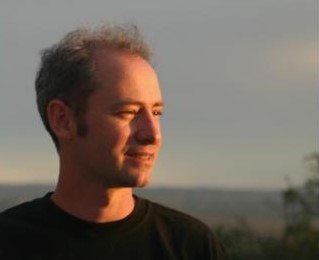Meca Q webinar #1: Pr. Jack Harris!
Time: Friday 28th May, 4pm CET (Paris Time);
Title: Measuring the higher-order phonon statistics in a nanogram volume of superfluid helium
Abstract: We detect the individual sideband photons produced by an optomechanical device consisting of a nanogram of superfluid helium confined in a cavity. We use the photon-counting data to probe the phonon-phonon correlations (up to fourth order, and for both normal-ordering and anti-normal-ordering) in a single acoustic mode of the superfluid. The data is consistent the assumption that the acoustic mode is in a thermalstate with mean phonon number ~ 1. We also use sideband-photon counting to show that the acoustic mode can be driven to a coherent amplitude corresponding to several thousand phonons with no decrease in the purity of the acoustic state. We will discuss a number of applications of these results, including to the distribution of entanglement over kilometer-scale optical fiber networks.;
About:
Jack Harris is Professor of Physics and Applied Physics at Yale University, and is also a member of the Yale Quantum Institute. He received his undergraduate degree from Cornell University and his Ph.D. from UCSB, where he developed ultrasensitive micromechanical sensors and used them to study quantum Hall systems in the group of David Awschalom. He was a postdoctoral fellow at the Harvard/MIT Center for Ultracold Atoms, where he worked with John Doyle and Wolfgang Ketterle on a cryogenic atom-trapping experiment. Since joining the Yale faculty in 2004, his group has developed novel approaches to the field of quantum optomechanics, including the “membrane-in-the-middle” device, and various means for combining high-finesse optical cavities with superfluid helium.
Professor Harris studies the quantum aspects of motion in macroscopic objects that combine mechanical, optical, and superfluid components. His group’s experiments use ultrasensitive force detectors to measure quantum fluctuations of objects that are visible to the naked eye. These experiments are also used to study novel topological features in the dynamics of coupled oscillators.


Recent Comments